Home>Fans, Heaters & Lighting>How Many Watts Does A Space Heater Use Each Time?
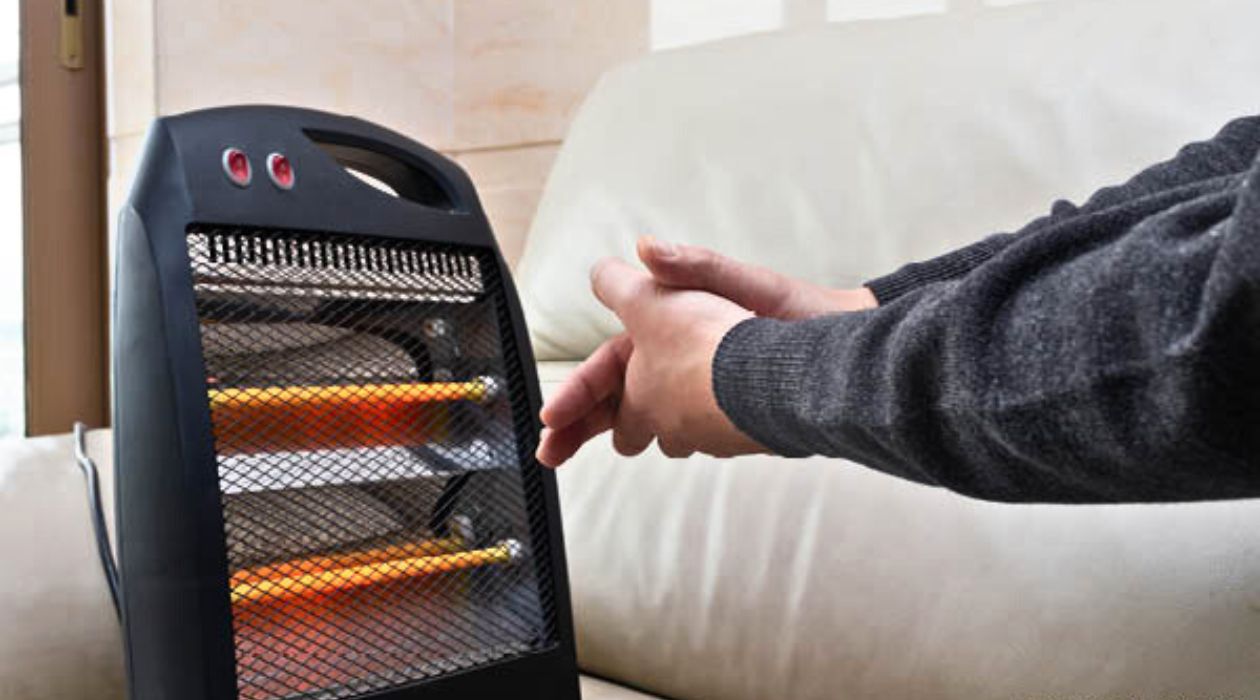

Fans, Heaters & Lighting
How Many Watts Does A Space Heater Use Each Time?
Modified: February 29, 2024
Discover how much watts a space heater uses in this informative article. Learn about energy consumption and find the right heater for your needs.
(Many of the links in this article redirect to a specific reviewed product. Your purchase of these products through affiliate links helps to generate commission for Storables.com, at no extra cost. Learn more)
Introduction
If you live in a region where winters can be harsh and unforgiving, you know how important it is to have a reliable source of heat to keep your home warm and comfortable. One popular option for supplemental heating is a space heater. These portable devices have gained popularity due to their convenience and ability to provide localized warmth.
However, one common concern when it comes to using space heaters is their energy consumption. Many people wonder how much power these devices draw and what impact they have on their energy bills. In this article, we will explore the wattage ratings of space heaters, factors that affect their energy consumption, and how to calculate their power usage. We will also compare different space heater models and discuss energy efficiency tips.
Understanding how much wattage a space heater uses is important for two reasons. Firstly, it helps you estimate the energy cost of using a space heater, allowing you to budget accordingly. Secondly, it allows you to ensure that your home’s electrical system can handle the power requirements of the heater without overloading the circuits.
Before diving into the specifics of wattage ratings and energy consumption, let’s briefly familiarize ourselves with space heaters. These devices are designed to provide localized heat in a room or area, making them ideal for small spaces or for supplementing the central heating system. They come in various sizes and types, including ceramic heaters, oil-filled heaters, infrared heaters, and fan-forced heaters.
When it comes to wattage ratings, space heaters typically range from 500 watts to 1500 watts. The wattage rating indicates the amount of electrical power the heater consumes when running at its highest setting. Higher wattage heaters generally produce more heat, but they also consume more energy.
Several factors can affect the energy consumption of a space heater. These include the specific model and make of the heater, the duration and frequency of usage, the temperature setting, the size of the room, the insulation in the room, and even the location and climate of your region. Understanding these factors is crucial in determining how much power a space heater will draw and how it will affect your energy costs.
In the next section, we will delve into the specific calculations involved in determining the power usage of a space heater.
Key Takeaways:
- Understanding the wattage ratings of space heaters is crucial for estimating energy costs and ensuring your home’s electrical system can handle the power requirements. Consider factors like heater model, duration of use, and room size to make informed decisions.
- Incorporating energy efficiency tips such as choosing an energy-efficient model, proper placement, and utilizing timers and thermostats can help maximize the efficiency of your space heater and reduce energy consumption. Practice proper maintenance and consider energy-saving features when comparing different space heater models.
Read more: How Many Watts Does a Space Heater Use?
Understanding Space Heaters
Space heaters are portable heating devices that are designed to provide warmth to a specific area or room. They are a popular choice for supplemental heating, especially in smaller spaces or rooms that don’t receive adequate heat from a central heating system. Understanding the different types of space heaters can help you choose the right one for your needs.
Ceramic heaters: Ceramic heaters are one of the most common types of space heaters. They work by passing an electric current through a ceramic heating element. The element heats up and transfers the heat to the surrounding air. Ceramic heaters are known for their quick heating ability and energy efficiency.
Oil-filled heaters: Oil-filled heaters use electricity to heat up oil that is sealed inside the heater. The oil retains heat for a longer period, allowing the heater to continue releasing warmth even when it’s turned off. These heaters are quiet and provide a steady and comfortable heat source.
Infrared heaters: Infrared heaters use electromagnetic radiation to emit heat. They work by directly heating objects and people in their proximity, rather than heating the air. Infrared heaters are known for their instant heat and ability to warm up large spaces quickly.
Fan-forced heaters: Fan-forced heaters use a fan to blow air over a heating element, distributing the warmed air throughout the room. These heaters are efficient and provide even and consistent heating. They are often used in larger spaces or rooms where a quick and widespread heat source is required.
When choosing a space heater, consider factors such as the size of the room you need to heat, the type of heat you prefer (radiant or convection), and any specific safety features you may require. Each type of space heater has its advantages and disadvantages, so it’s important to select one that meets your specific heating needs.
While space heaters offer convenience and flexibility, it’s important to use them safely. Always follow the manufacturer’s instructions and consider the following safety tips:
- Place the heater on a stable and flat surface.
- Keep flammable materials at least three feet away from the heater.
- Never leave the heater unattended, especially overnight or when you leave the house.
- Ensure adequate ventilation in the room to prevent the buildup of carbon monoxide.
- Keep the heater away from water sources, such as bathrooms or kitchens.
- Regularly inspect the heater for any signs of damage or malfunction.
- Use a heater with a tip-over switch that automatically shuts off the unit if it gets knocked over.
By understanding the different types of space heaters and practicing proper safety measures, you can enjoy the benefits of supplemental heating while keeping your household safe and warm during the colder months.
Wattage Ratings of Space Heaters
When it comes to space heaters, the wattage rating is an important specification to consider. The wattage rating indicates the amount of electrical power that the heater consumes when running at its highest setting. This information is essential for estimating energy costs and ensuring that your home’s electrical system can handle the power requirements.
Space heaters typically have wattage ratings that range from 500 watts to 1500 watts. The higher the wattage, the more heat the heater can produce. However, it’s important to note that higher wattage heaters also consume more energy, which can lead to higher electricity bills.
Smaller space heaters, such as those with wattage ratings of 500 to 800 watts, are suitable for heating small rooms or for personal use. These heaters are often more energy-efficient and may be ideal for situations where you only need to warm up a specific area or when using the heater for shorter periods.
Medium-sized space heaters typically have wattage ratings ranging from 900 to 1200 watts. These heaters are suitable for warming up medium-sized rooms or for more extended use. They provide a good balance between heat output and energy consumption.
For larger spaces or when you need to quickly heat a room, higher wattage heaters in the range of 1300 to 1500 watts are ideal. These heaters have a higher heat output and can efficiently warm up larger areas. However, keep in mind that their energy consumption will be higher as well.
It’s essential to match the wattage of your space heater to the size of the room you intend to heat. A heater with insufficient wattage may not provide adequate warmth, while a heater with excessive wattage may use excessive energy and overheat the room.
When comparing space heaters, it’s also important to consider additional features that may impact energy efficiency. Some models offer adjustable heat settings, allowing you to tailor the heat output to your specific needs. Others may have programmable timers or thermostats that can help you regulate the heater’s operation and avoid unnecessary energy consumption.
Keep in mind that wattage ratings alone do not indicate the energy efficiency of the space heater. Energy efficiency is determined by how effectively the heater converts electrical energy into heat. Look for space heaters with energy-saving certifications or features such as automatic shut-off when the desired temperature is reached.
By understanding the wattage ratings of space heaters and considering their energy efficiency features, you can choose a heater that meets your heating needs while minimizing energy consumption and energy costs.
Factors Affecting Energy Consumption
When it comes to energy consumption, several factors can influence how much power a space heater consumes. Understanding these factors is essential for estimating energy costs and making informed decisions about heating your space. Let’s explore the key factors that can affect the energy consumption of a space heater.
1. Heater Model and Make: Different space heaters vary in terms of energy efficiency. Some models are designed with advanced technology that maximizes heat output while minimizing energy consumption. Energy-efficient models often have better insulation, programmable thermostats, and smart features that can help regulate heat output and reduce energy waste.
2. Duration and Frequency of Use: The longer you use a space heater, the more energy it will consume. Similarly, if you use the heater frequently, especially on high heat settings, it will result in higher energy consumption. Consider using the heater only when needed and turning it off when you leave the room or go to bed to reduce energy waste.
3. Temperature Setting: The higher the temperature setting on your space heater, the more power it will consume. Be mindful of the temperature you set and consider lowering it slightly to save energy. Dressing in warm clothing or using blankets can also help reduce the need for high heat settings.
4. Room Size and Insulation: The size of the room you are heating and its level of insulation can impact how much energy the space heater consumes. Larger rooms or poorly insulated spaces may require higher wattage heaters or longer periods of operation to achieve the desired temperature. Ensure that the room is well-insulated by sealing any drafts and using weatherstripping on windows and doors to prevent heat loss.
5. Location and Climate: The ambient temperature of the room and the climate in your region can affect how much energy a space heater needs to consume. In colder climates, the heater may need to work harder and consume more energy to maintain a comfortable temperature. Consider adjusting the temperature settings based on the seasonal changes in temperature.
6. Maintenance and Cleanliness: Regular maintenance and cleaning of your space heater can also impact its energy efficiency. Dust and debris can accumulate on the heating elements, affecting their ability to generate heat efficiently. Clean the heater regularly according to the manufacturer’s instructions to ensure optimal performance and energy efficiency.
It’s important to note that while these factors can influence the energy consumption of space heaters, there are limits to how much you can control or modify. However, by understanding these factors, you can make informed decisions about using your space heater more efficiently and effectively manage your energy consumption.
When choosing a space heater, look for the wattage information on the product label or specifications. Higher wattage means more heat output, but also higher energy consumption. Consider the size of the room and your energy budget when selecting a space heater.
Calculating the Power Usage
Calculating the power usage of a space heater is relatively straightforward, and it can help you estimate the energy cost of running the heater. To calculate the power usage, you will need to know the wattage rating of the heater and the duration of usage.
The wattage rating of the space heater indicates the amount of electrical power it consumes when running at its highest setting. This information is typically labeled on the heater itself or provided in the product manual. For example, if the heater has a wattage rating of 1500 watts, it means it consumes 1500 watts of power per hour when running on its highest setting.
To calculate the power usage, you will multiply the wattage rating of the heater by the number of hours it is running. For example, if you run a 1500-watt heater for 4 hours, the power usage would be:
Power Usage = Wattage Rating × Hours
Power Usage = 1500 watts × 4 hours
Power Usage = 6000 watt-hours or 6 kilowatt-hours (kWh)
This calculation gives you the total energy consumed by the heater during that period. To estimate the energy cost, you can multiply the power usage by the cost of electricity per kilowatt-hour in your region. This rate can typically be found on your electricity bill.
Energy Cost = Power Usage × Cost per kWh
For example, if the cost of electricity is $0.10 per kilowatt-hour, the energy cost for running the heater for 4 hours would be:
Energy Cost = 6 kWh × $0.10 per kWh
Energy Cost = $0.60
It’s important to note that this calculation provides an estimate and does not consider other factors such as fluctuations in electricity rates or any additional charges on your electricity bill. It’s also worth noting that space heaters may not always run at their highest setting for the entire duration. Adjusting the heater to lower heat settings or using it intermittently can help reduce overall power usage and energy costs.
By calculating the power usage of your space heater, you can gain insight into its energy consumption and make informed decisions about usage patterns and managing your energy costs.
Read more: How Many Watts Does A Water Heater Use
Comparison of Different Space Heater Models
When choosing a space heater, it’s important to consider the different models and their features to find the one that best suits your heating needs and preferences. Let’s compare some popular space heater models and their key characteristics.
1. Ceramic Heaters: Ceramic heaters are a common choice due to their energy efficiency and quick heating capabilities. They use a ceramic heating element to generate heat and distribute it through the air. These heaters are often compact and portable, making them ideal for small to medium-sized rooms. Some models feature oscillation and adjustable thermostats, allowing you to customize the heat output and coverage area.
2. Oil-Filled Heaters: Oil-filled heaters operate by circulating oil through a series of heating coils. They are known for their quiet operation and ability to provide long-lasting heat even after being turned off. These heaters are generally slower to warm up but retain heat well, making them suitable for sustained heating in medium to large rooms. They are often equipped with adjustable temperature settings and timer functions for added convenience.
3. Infrared Heaters: Infrared heaters work by emitting infrared radiation that directly heats objects and people in their path, rather than heating the surrounding air. They are known for their instant heat and ability to warm up larger spaces quickly. Infrared heaters are ideal for spot heating and can be used in indoor and outdoor settings. They often come with remote controls, adjustable heat settings, and safety features such as tip-over shut-off.
4. Fan-forced Heaters: Fan-forced heaters use a fan to blow air over a heating element, distributing the warm air throughout the room. These heaters provide quick and widespread heat, making them suitable for larger areas. Fan-forced heaters are often equipped with adjustable heat settings, thermostat controls, and safety features such as overheating protection and cool-touch housing. They are also available in tower-style designs, which save space and provide oscillation for even heat distribution.
It’s important to consider factors such as the size of the room you need to heat, the desired heating method (radiant or convection), and any specific features or safety requirements you may have. Additionally, energy-saving certifications, programmable timers, and built-in thermostats are features to look out for, as they can help optimize energy usage and provide convenience.
When comparing different space heater models, also consider factors like noise level, maintenance requirements, and warranty coverage. It’s advisable to read customer reviews and research specific models to ensure that they have positive feedback and a good track record in terms of safety and performance.
Remember that regardless of the space heater model you choose, it’s important to use it responsibly and follow manufacturer guidelines and safety precautions. Keep flammable materials at a safe distance, use the heater on stable surfaces, and never leave it unattended for an extended period.
By carefully comparing different space heater models and considering your specific heating needs and preferences, you can find a heater that provides efficient and effective warmth for your space.
Energy Efficiency Tips for Space Heaters
While space heaters can provide warmth and comfort during colder months, it’s important to use them efficiently to minimize energy consumption and reduce energy costs. Here are some energy efficiency tips to help you make the most of your space heater:
1. Choose an Energy-Efficient Model: Look for space heaters with energy-saving features such as programmable timers, thermostats, and smart controls. These features allow you to set specific operating times and temperatures, ensuring that the heater is only running when needed.
2. Proper Placement: Place your space heater in a strategic location for optimal heat distribution. Avoid placing it near windows or doors where drafts can cause heat loss. Position the heater in the center of the room or in the direction where heat is needed the most.
3. Close Doors and Windows: To contain the heat generated by the space heater, close the doors and windows in the room being heated. This helps to prevent cold air from entering and warm air from escaping, maximizing the efficiency of the heater.
4. Insulate the Room: Proper insulation can significantly reduce heat loss and, in turn, increase the efficiency of your space heater. Consider insulating windows, doors, and walls to keep the warm air inside and the cold air outside. Weatherstripping and sealing any gaps or cracks can help minimize drafts.
5. Dress Appropriately: Instead of relying solely on the space heater for warmth, dress in layers and wear cozy clothing to keep yourself comfortable. This allows you to lower the temperature setting on the heater and reduce energy consumption.
6. Use Timers and Thermostats: Take advantage of the programmable timer and thermostat features on your space heater. Set the timer to turn the heater on just before you enter the room and off when you leave. Adjust the thermostat to a comfortable temperature and let the heater regulate the heat output automatically.
7. Use Zone Heating: Instead of heating the entire house, use space heaters for zone heating. By targeting specific rooms or areas where you spend the most time, you can reduce the reliance on central heating systems and save energy.
8. Maintain and Clean Regularly: Regular maintenance of your space heater is essential for its efficient operation. Clean the heater regularly and remove any dust or debris that may have accumulated on the heating elements. Keep air vents clear to ensure proper airflow.
9. Consider Energy-Saving Tips: Implement energy-saving practices such as closing curtains or blinds at night to insulate the room further. Utilize rugs or carpets on cold floors to add insulation. Make sure to turn off the space heater when you leave the room or when it’s not in use.
10. Monitor Energy Usage: Keep track of your energy consumption by monitoring your electricity bills. This will help you identify any unusual spikes in energy usage and adjust your heating habits accordingly.
By incorporating these energy efficiency tips into your space heater usage, you can enjoy the warmth and comfort it provides while keeping energy consumption and costs under control.
Conclusion
Space heaters can be a valuable tool for providing supplemental heating and keeping your home comfortable during the colder months. Understanding the wattage ratings, different types of space heaters, and factors affecting energy consumption is key to making informed decisions and optimizing energy efficiency.
By choosing an energy-efficient model, properly placing the heater, insulating the room, and utilizing timers and thermostats, you can maximize the efficiency of your space heater and reduce energy consumption. Additionally, practicing proper maintenance, dressing appropriately, and implementing energy-saving tips can further enhance the efficiency of your heating system.
When comparing different space heater models, consider factors such as wattage ratings, features, safety measures, and customer reviews to ensure you select the right one for your needs. Remember to always follow manufacturer guidelines and safety precautions when operating a space heater.
Ultimately, the goal is to strike a balance between achieving the desired level of warmth and minimizing energy usage. By using space heaters responsibly and efficiently, you can not only stay cozy but also contribute to a greener and more energy-efficient environment.
Before purchasing a space heater, assess your heating needs, the size of the room, and the climate in your region. Seek out energy-efficient models and consider energy-saving features to reduce energy consumption and lower your energy bills.
In conclusion, with careful consideration, wise usage, and incorporating energy efficiency tips, space heaters can be an effective and efficient way to keep your home warm and comfortable while minimizing energy consumption and costs.
Frequently Asked Questions about How Many Watts Does A Space Heater Use Each Time?
Was this page helpful?
At Storables.com, we guarantee accurate and reliable information. Our content, validated by Expert Board Contributors, is crafted following stringent Editorial Policies. We're committed to providing you with well-researched, expert-backed insights for all your informational needs.
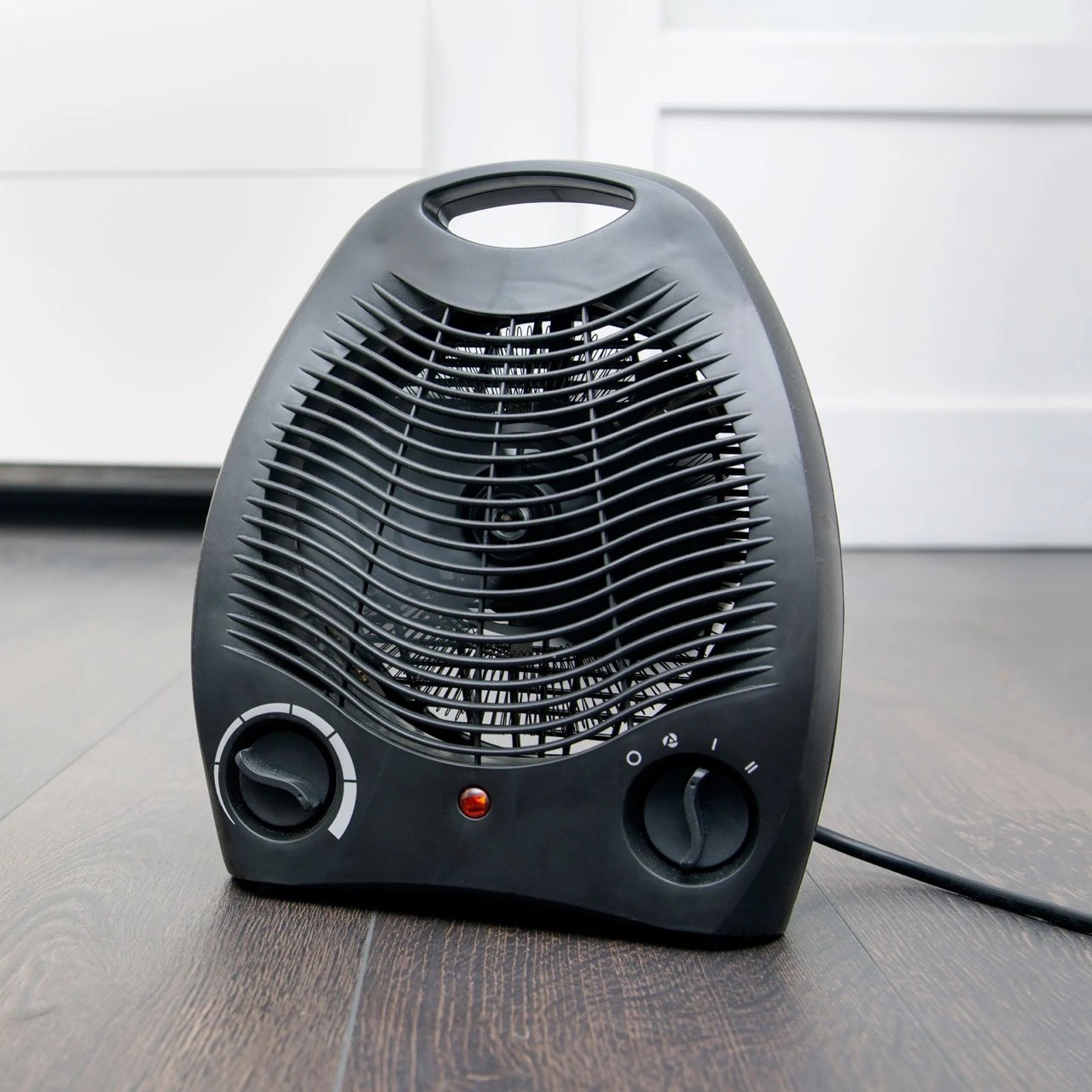
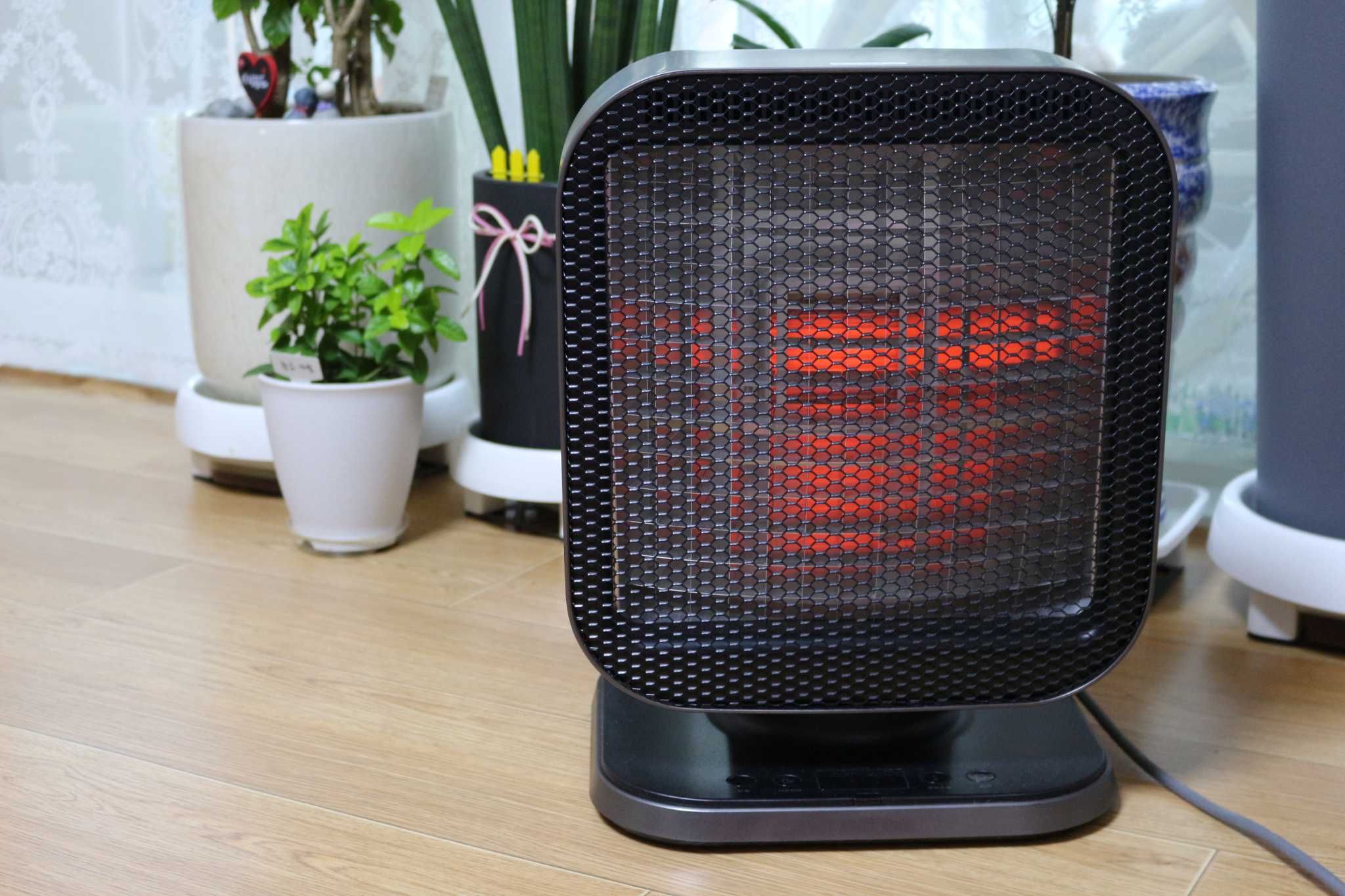
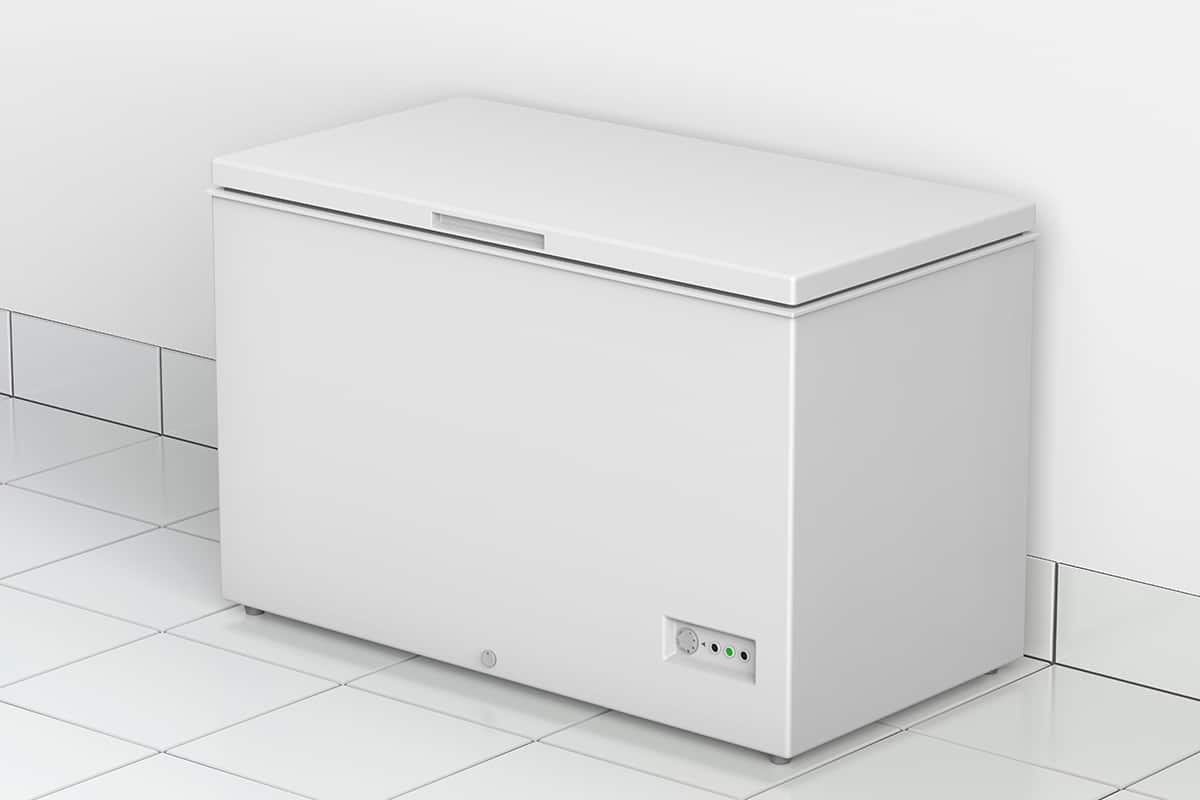

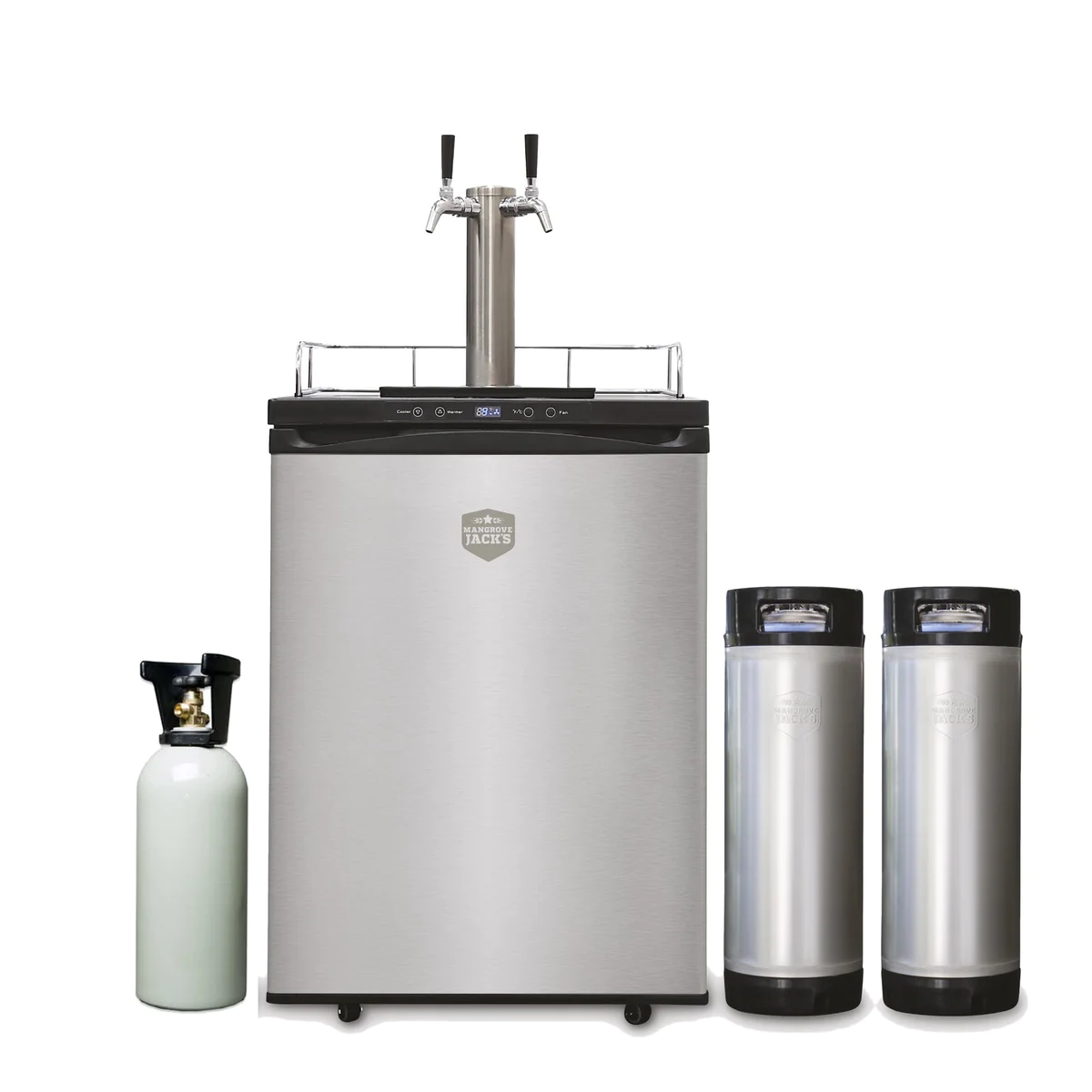
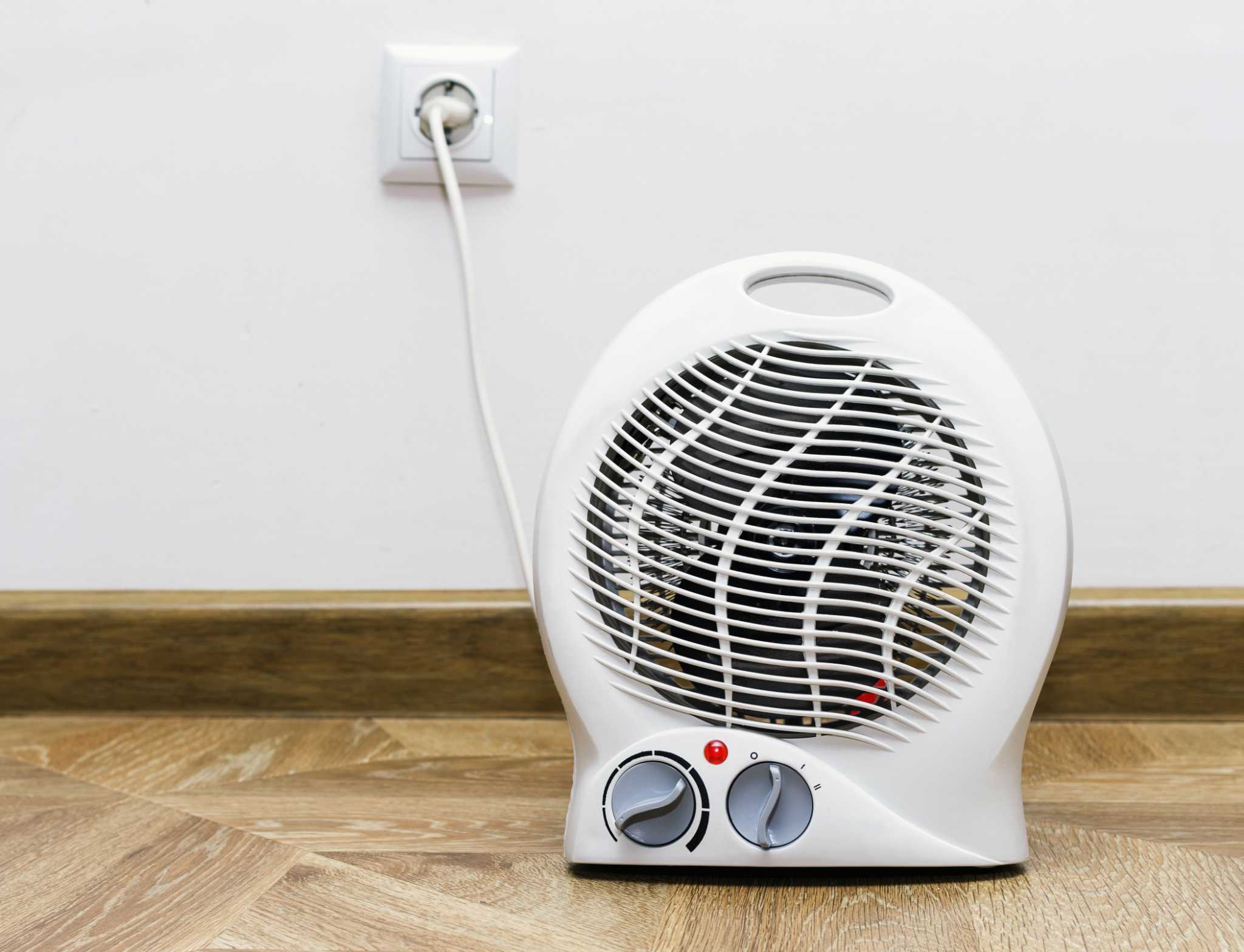
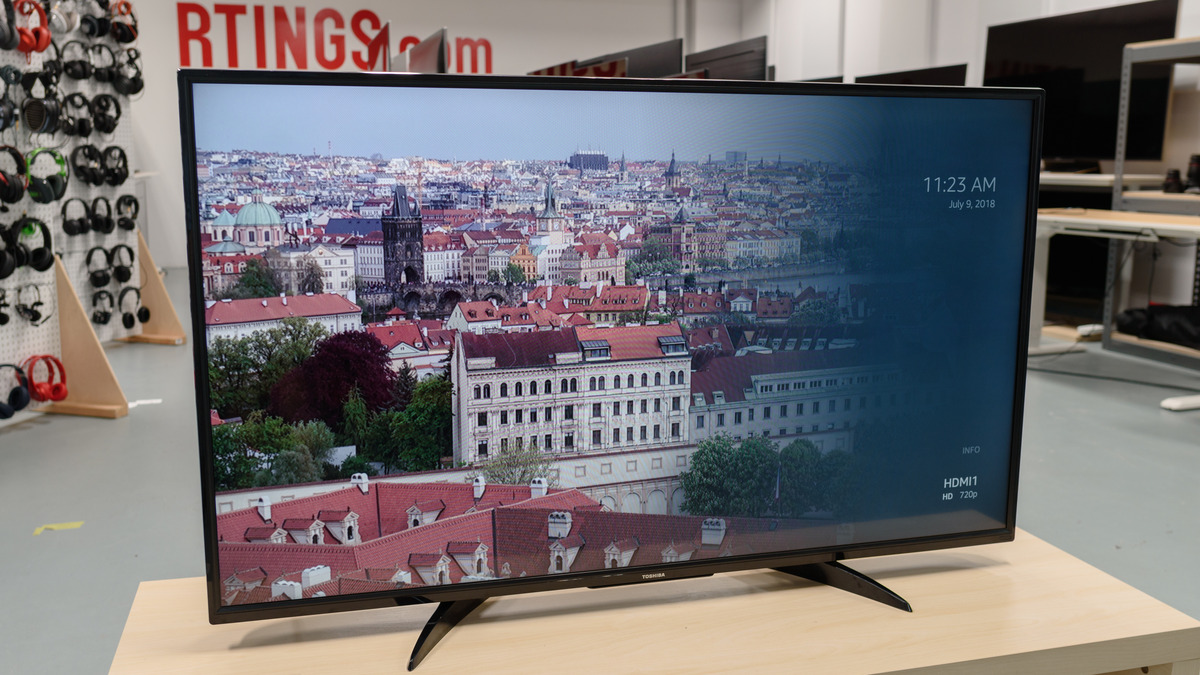
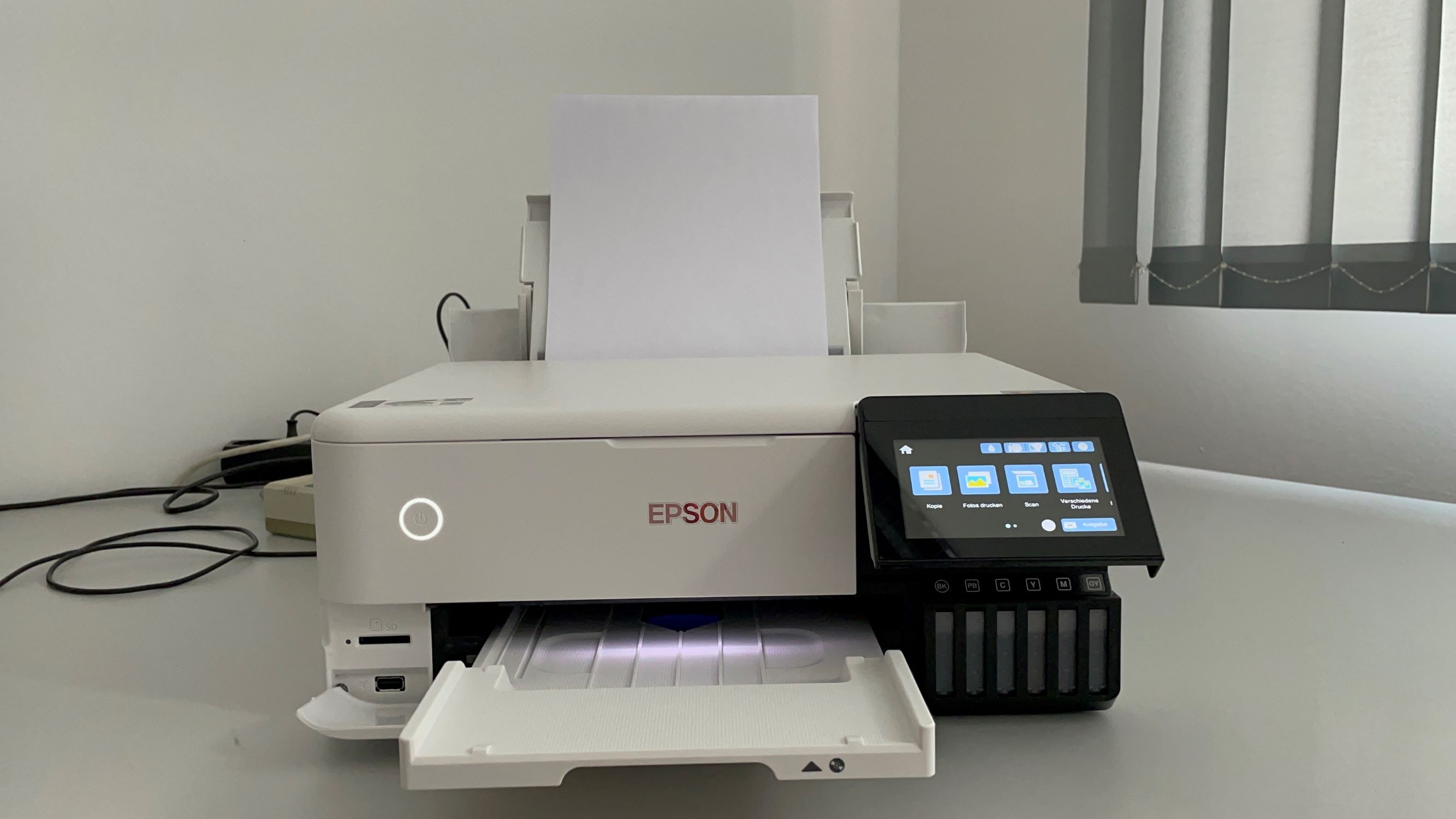

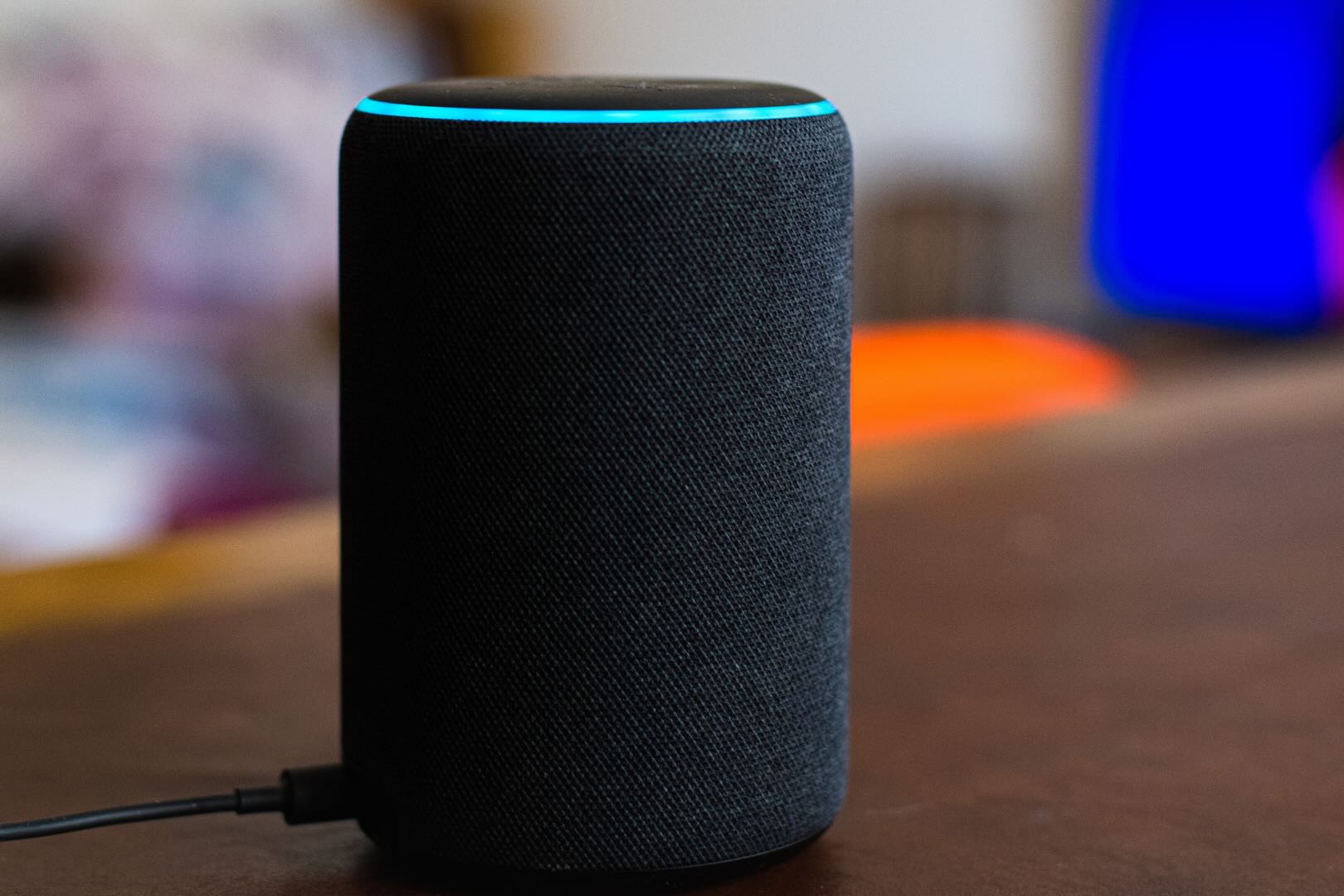
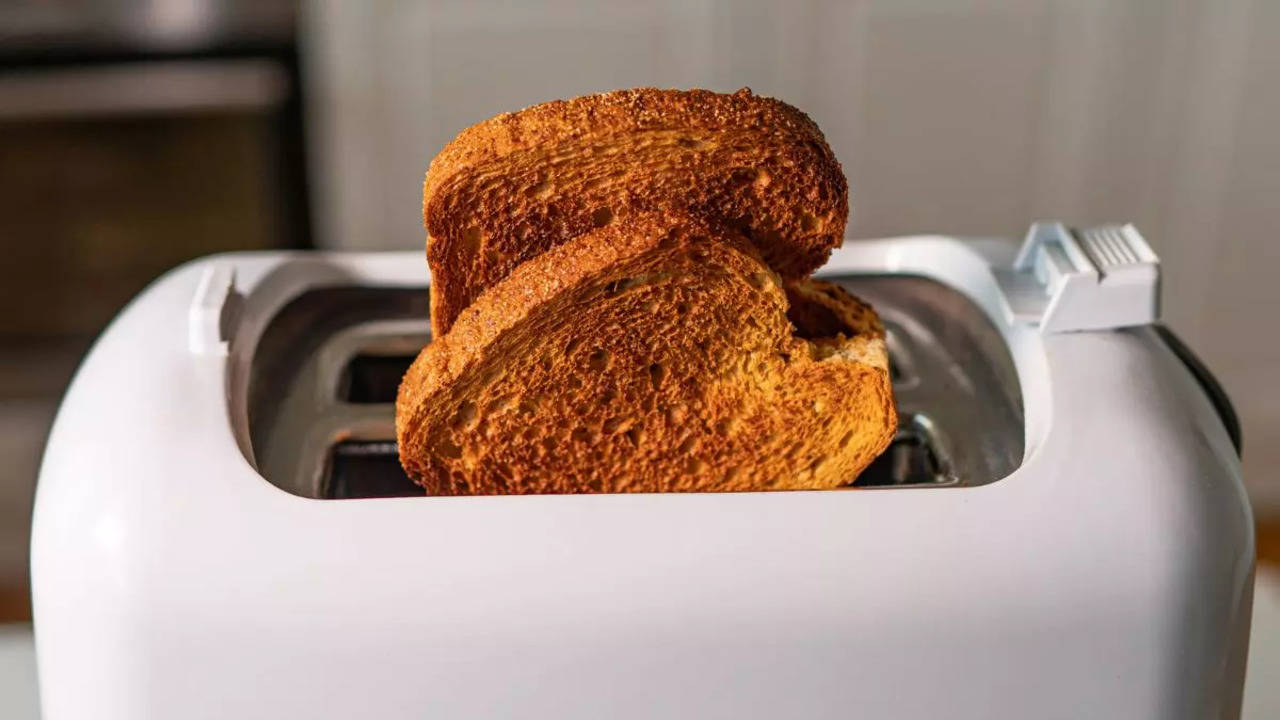
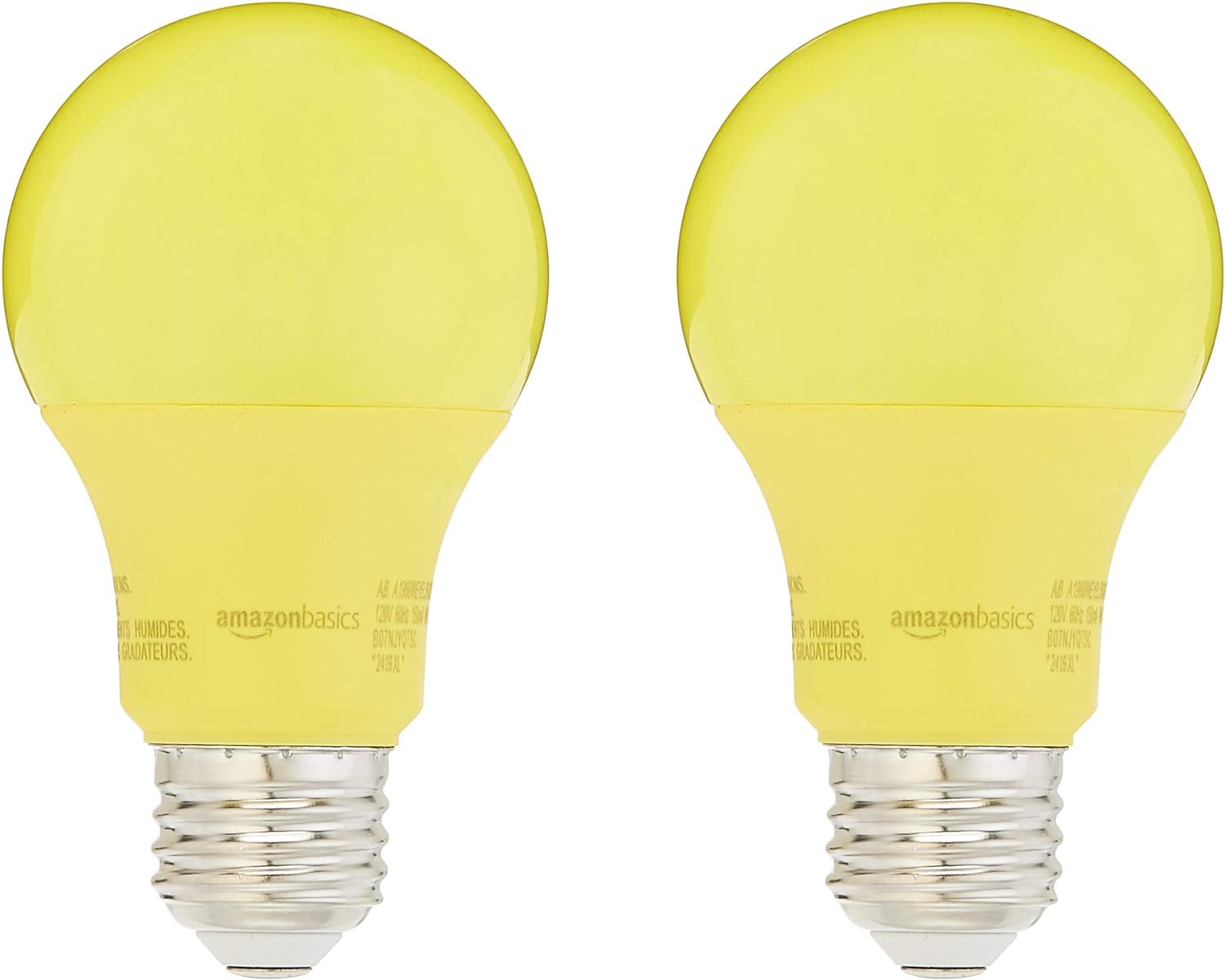
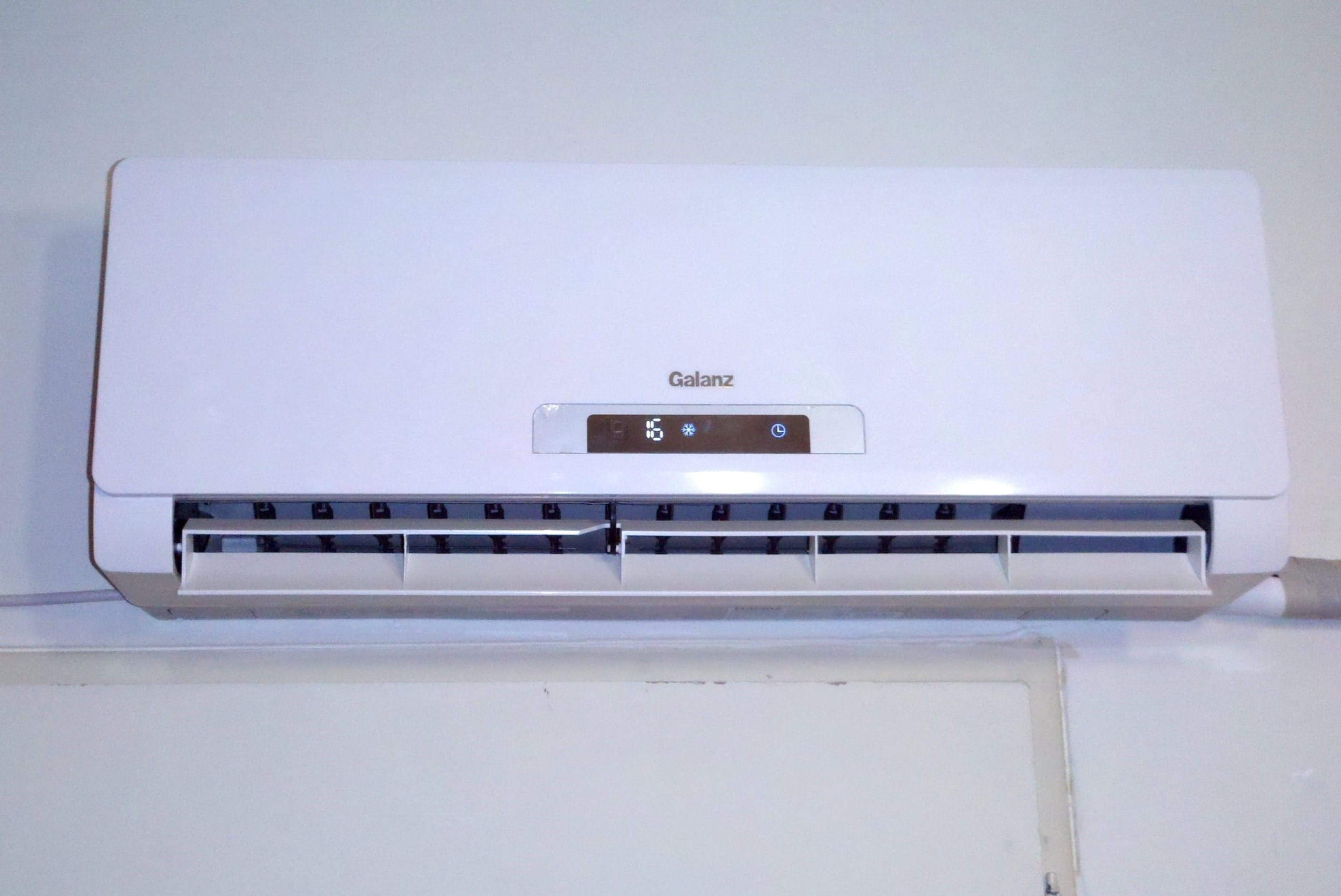
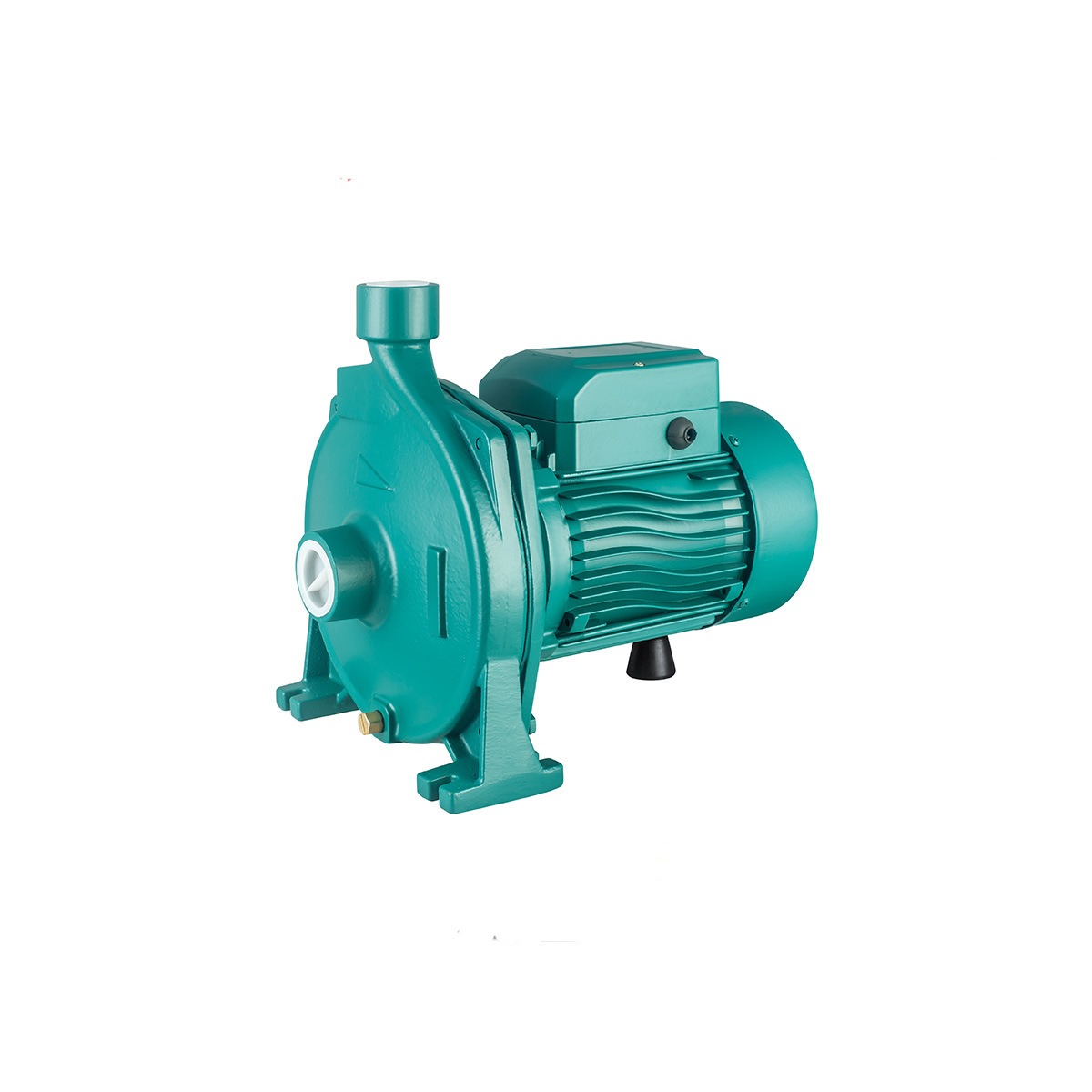

0 thoughts on “How Many Watts Does A Space Heater Use Each Time?”